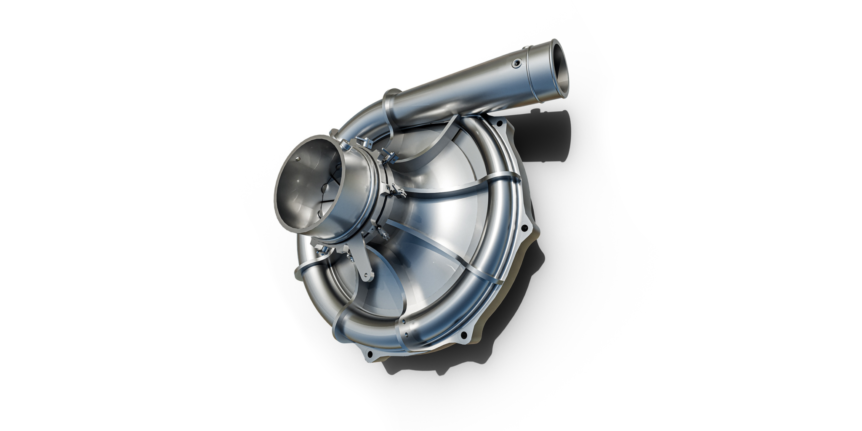Turbo chargers were an early method of increasing power at altitude and that ZeroAvia is crafting for modern electric, fuel-cell powered aircraft.
Mechanical Turbochargers
During WWII, your editor’s father was a crew chief and occasional flight engineer on C-47’s, B-17’s, and B-24’s. The bombers had turbo-charged engines to increase power as noted below.
(This is just part one of three training films, all on YouTube, giving some indication of the difficulties pilots faced in pre-electronic times.)
The flight manual for the B-17 includes the following notes on the turbochargers.
“The B-17F has four 1200 Hp Wright Cyclone Model R-1820-97 engines of the 9-cylinder, radial, air-cooled type with a 16-to-9 gear ratio.
“Each engine has a turbo-supercharger to boost manifold pressure for takeoff and maintain sea-level pressure at high altitude.” B-24’s and other similar craft had the same type of system. (ZeroAvia’s rough equivalent is much quieter and a loss less smoky.)
The manual notes the F models had manual control of the turbochargers while the later G series incorporated electric controls that simplified operation. It’s a bit overwhelming to think of those pilots who had to monitor and control four engines, fuel, and controllable pitch propellers under combat conditions.
A Modern Equivalent
ZeroAvia has created a similar system for giving “boost air” to a fuel cell, feeding air to its proton exchange membrane (PEM) stacks. While WWII and later turbos fed air to the engine intake system, ZeroAvia supports up to 900 kilowatt (1,206 horsepower) fuel cell systems by feeding air to the cathodes in the fuel cells.
The compressor acts like a turbocharger to help push enough air to the fuel cell that performance remains high even at altitude. Like the mechanical turbochargers on WWII bombers, driven by the exhaust gases from the engine, ZeroAvia’s compressor is driven by the electrical power already running the motor itself. This eliminates the need for a separate motor and inverter to drive the compressor and saves enough weight to allow a power output of 1.5 kilowatts per kilogram from each motor/fuel cell package.
ZeroAvia claims their compressor indicates “offers highly stable performance across a large range of power and operating environment requirements,” and that the compressor’s power density surpasses that of equivalent systems. Its relative simplicity should “act to streamline the type certification process, lower weight, and enhance in-flight reliability.”
Rudolf Coertze, CTO Hydrogen, ZeroAvia, concludes, “The compressor technology we have designed is critical in delivering optimal performance in the final, certified ZA600 engine technology. Our compressor is an important component of our fuel cell power generation systems and a world-leading technology advancement for clean aviation in its own right. This really is a major achievement for our turbomachinery engineers and another marquee moment for the company at large.”

